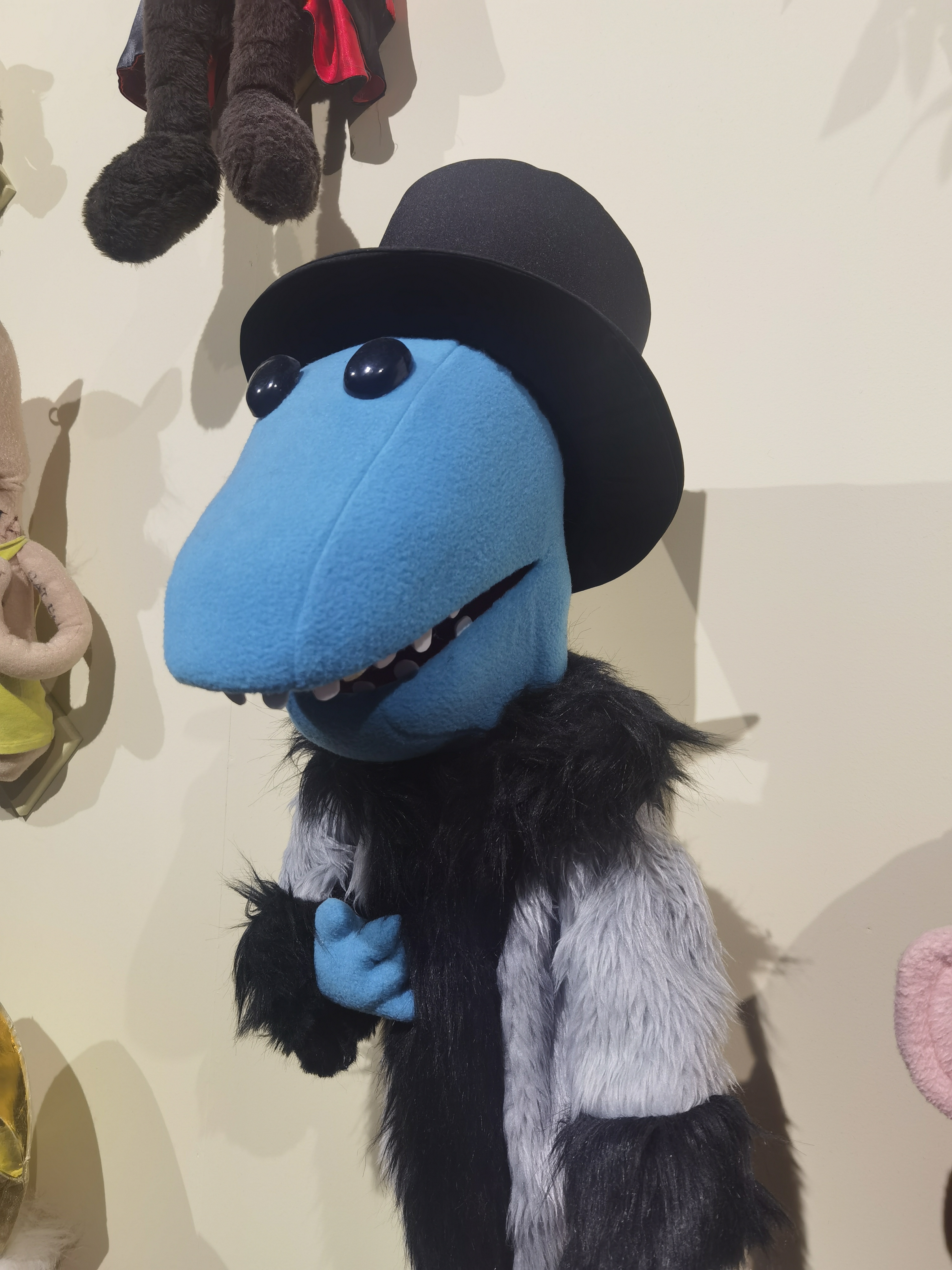The most famous female labor activist of the nineteenth century, Mary Harris Jones—aka “Mother Jones”—was a self-proclaimed “hell-raiser” in the cause of economic justice. She was so strident that a US attorney once labeled her “the most dangerous woman in America.”
Born circa August 1, 1837 in County Cork, Ireland, Jones immigrated to Toronto, Canada, with her family at age five—prior to the potato famine with its waves of Irish immigrants.
She first worked as a teacher in a Michigan Catholic school, then as a seamstress in Chicago. She moved to Memphis for another teaching job, and in 1861 married George Jones, a member of the Iron Molders Union. They had four children in six years. In 1867, tragedy struck when her entire family died in a yellow fever epidemic; she dressed in black for the rest of her life.
Returning to Chicago, Jones resumed sewing but lost everything she owned in the Great Chicago Fire of 1871. She found solace at Knights of Labor meetings, and in 1877, took up the cause of working people. Jones focused on the rising number of working poor during industrialization, especially as wages shrunk, hours increased, and workers had no insurance for unemployment, healthcare or old age.
Jones first displayed her oratorical and organizing abilities in Pittsburgh during the Great Railroad Strike of 1877. She took part in and led hundreds of strikes, including those that led to the Haymarket riot in Chicago in 1886. She paused briefly to publish The New Right in 1899 and a two-volume Letter of Love and Labor in 1900 and 1901. A beloved leader, the workers she organized nicknamed her “Mother Jones.”
Beginning in 1900, Jones focused on miners, organizing in the coal fields of West Virginia and Pennsylvania. For a few years, she was employed by the United Mine Workers, but left when the national leadership disavowed a wildcat strike in Colorado. After a decade in the West, Jones returned to West Virginia, where, after a violent strike in 1912-1913, she was convicted of conspiracy to commit murder. Public appeals on her behalf convinced the governor to commute her twenty-year sentence. Afterward she returned to Colorado and made a national crusade out of the tragic events during the Ludlow Massacre, even lobbying President Woodrow Wilson. Later, she participated in several industrial strikes on the East Coast between 1915 and 1919 and continued to organize miners well into her nineties.
Despite her radicalism, Jones did not support women’s suffrage, arguing that “you don’t need a vote to raise hell.” She pointed out that the women of Colorado had the vote and failed to use it to prevent the appalling conditions that led to labor violence. She also considered suffragists unwitting dupes of class warfare. Jones argued that suffragists were naïve women who unwittingly acted as duplicitous agents of class warfare.
Although Jones organized working class women, she held them in auxiliaries, maintaining that—except when the union called—a woman’s place was in the home. A reflection of her Catholic heritage, she believed that men should be paid well enough so that women could devote themselves to motherhood.
In 1925, she published her Autobiography of Mother Jones. She is buried in the Union Miners Cemetery in Mount Olive, Illinois.
“I’m not a humanitarian, I’m a hell-raiser.”
Mother Jones
Megathreads and spaces to hang out:
- 📀 Come listen to music and Watch movies with your fellow Hexbears nerd, in Cy.tube
- 🔥 Read and talk about a current topics in the News Megathread
- ⚔ Come talk in the New Weekly PoC thread
- ✨ Talk with fellow Trans comrades in the New Weekly Trans thread
reminders:
- 💚 You nerds can join specific comms to see posts about all sorts of topics
- 💙 Hexbear’s algorithm prioritizes comments over upbears
- 💜 Sorting by new you nerd
- 🌈 If you ever want to make your own megathread, you can reserve a spot here nerd
- 🐶 Join the unofficial Hexbear-adjacent Mastodon instance toots.matapacos.dog
Links To Resources (Aid and Theory):
Aid:
Theory:


What apps are people on? I tried Boo but after 3 people it says nobody’s around. Yet I hear people complain about bumble, hinge, and tinder.
Uh Idk :>
those little niche independent ones just don’t have the userbase numbers i fear : / i used tinder and hinge, bumble too yuppie (or they hid my type) and too many restrictions on match, feeld too sleazy okcupid too glitchy. tinder succ but wide variety of people, hinge u can show a bit more personality up front but my match rate was low (but met current lover thru there and she’s extremely awesome). for lady maybe hinge and bumble best? idk tho they all suck lol people gonna complain about them all because it’s inherently a bit of a dehumanizing grind
Figures. I think I’ll take up ad space in the news paper. Good luck to you
yeah can’t blame anyone for giving up on the whole ordeal. almost did many times and may again if my current thing doesn’t work out.
I spent months on tinder with no luck (maybe 2 match conversations that lasted longer than a few days), then decided on a whim to try Blendr (Badoo). Met my now-spouse on it completely by random chance. Don’t think the chosen app had anything to do with it though.